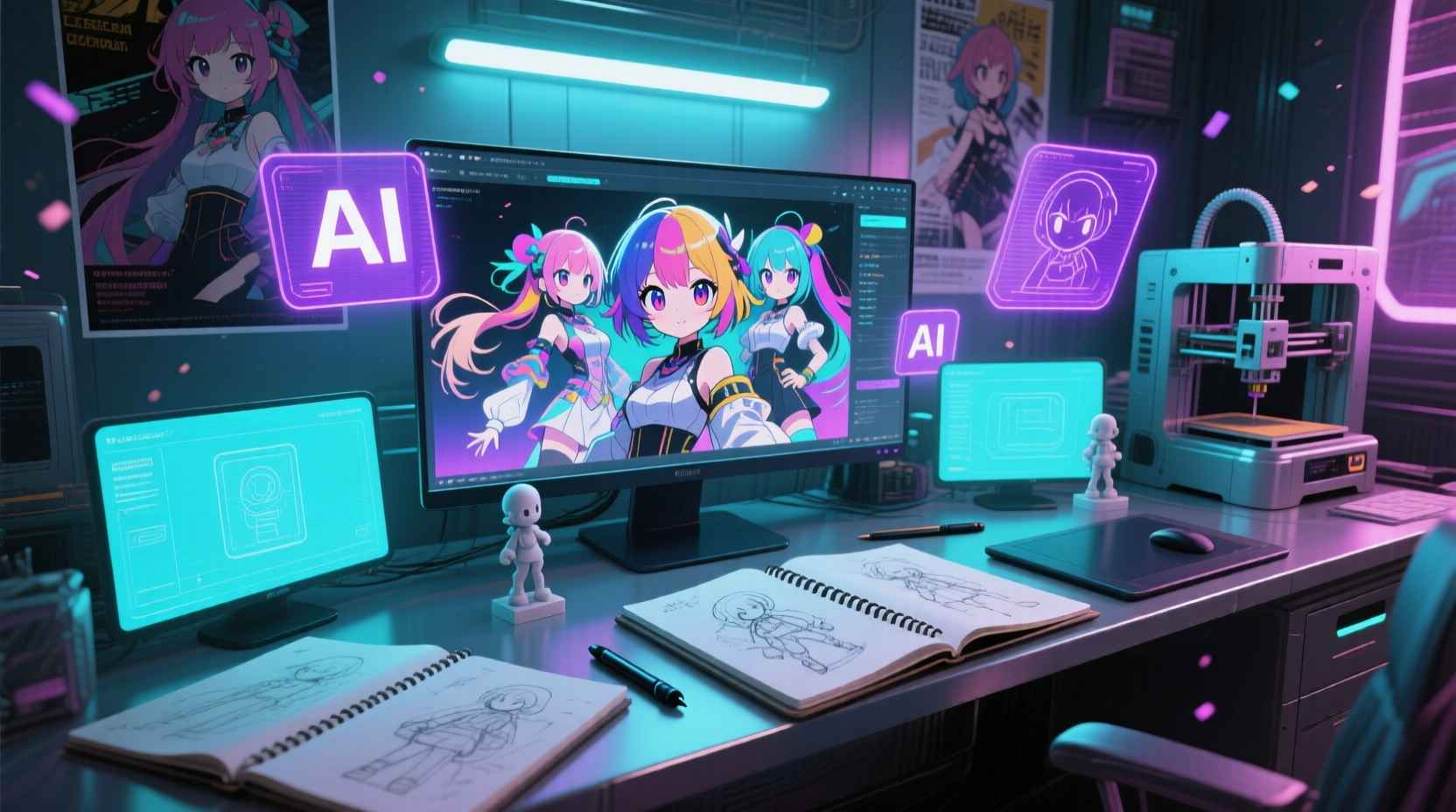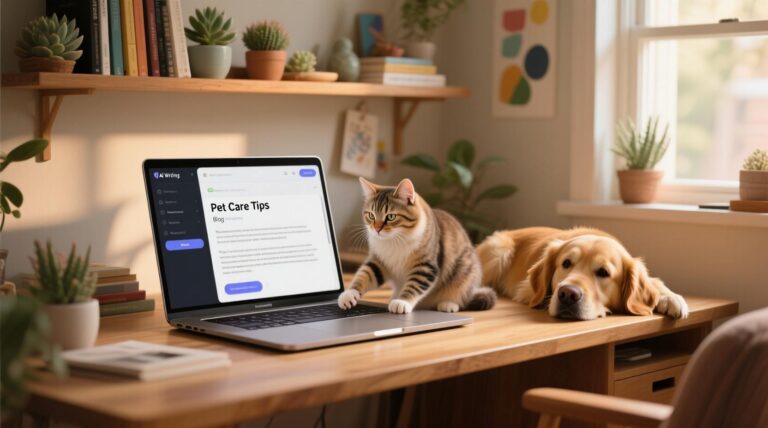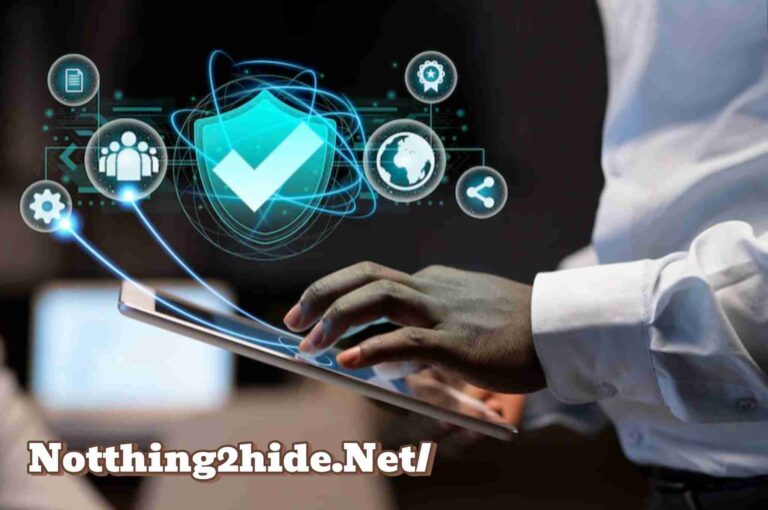How to Generate Anime Characters Using AI: Complete Guide for Creators
Anime has always been a world of limitless imagination, but creating anime characters traditionally required strong drawing skills and years of practice. With artificial intelligence stepping into creative industries, that barrier has been removed. Now anyone can learn how to generate anime characters using AI, even without an artistic background. The process is not only fast but also versatile, offering a way to design unique characters for personal projects, social media, or even commercial use. If you’re searching for clarity on how to generate anime characters using AI, this guide will take you through the platforms, techniques, and strategies needed to turn ideas into striking visuals.
Why AI Matters in Anime Character Creation
AI has transformed the creative industry by making design accessible. Where once people needed mastery of digital art tools, today an idea described in words can become a polished anime character. This technology doesn’t just replicate existing art styles; it learns patterns from millions of illustrations, manga panels, and character sketches, enabling it to generate original designs that feel authentic to anime culture.
The true power lies in customization. A user can describe a character’s hairstyle, clothing, expression, or even the type of anime world they belong to, and AI can produce a design that fits. For creators who want to build stories, comics, or YouTube channels, this level of accessibility changes everything.
Understanding the Technology Behind AI Anime Generation
To grasp how to generate anime characters using AI, it helps to know what happens behind the scenes. These platforms rely on machine learning models trained on enormous datasets of anime-style art. The models identify features like face proportions, eye shapes, shading styles, and color patterns. When you input a text prompt, the AI generates images by combining this knowledge with your description.
Many of these systems use diffusion models, which start with random noise and gradually refine the image until it matches your request. This method ensures that each output is unique, even if you use the same prompt multiple times. For creators, this means endless variety and originality.
Choosing the Right AI Tools for Anime Creation
Not all AI tools are built the same. Some are geared toward professional-level illustration, while others focus on speed and simplicity. Platforms like Stable Diffusion, NovelAI, Fotor, and specialized anime-focused generators allow users to craft designs through prompts. Others like Crypko or Waifu Labs lean heavily on anime aesthetics, providing users with polished and instantly recognizable anime faces and outfits.
When learning how to generate anime characters using AI, consider your goals. If you want to build complex scenes with characters interacting in environments, you’ll need a tool that allows more control and customization. If your aim is to create avatars or profile images, lightweight platforms that specialize in character portraits will serve you better.
Mastering Prompt Writing for Anime Characters
The prompt is the most powerful tool in AI art generation. A vague description often leads to generic results, while a detailed prompt can bring your imagination to life. When writing prompts, focus on clarity and specificity. Instead of saying “anime girl,” describe “a teenage anime girl with pink hair, twin braids, wearing a futuristic school uniform, holding a glowing katana.” The AI interprets these details to create a unique design.
Modifiers like “high detail,” “cel shading,” or “manga illustration style” further refine the output. The more accurately you describe what you want, the closer the AI gets to your vision. This is why many creators spend as much time crafting prompts as they do evaluating results.
Refining and Editing Generated Characters
AI-generated characters often need a final touch to be truly usable. While the AI handles the heavy lifting, creators can refine details using editing software like Photoshop, Krita, or Clip Studio Paint. Fixing proportions, enhancing colors, or adjusting line work ensures the character matches your project perfectly.
Some platforms also offer built-in editing options, allowing you to re-roll certain features or adjust parameters without starting from scratch. This process blends AI efficiency with human creativity, producing polished characters ready for animation, comics, or branding.
Using AI for Character Consistency
One of the biggest challenges in storytelling is consistency. If you’re building a manga or visual novel, your characters need to look the same across multiple images. AI makes this possible by allowing you to save character seeds or use reference images that guide new generations.
By inputting previous artwork into the system or refining prompts with consistent details, you can ensure your protagonist or supporting cast maintains a recognizable design. This feature is especially valuable for creators working on serialized content or YouTube channels where characters appear repeatedly.
Creative Applications of AI Anime Characters
Anime characters created with AI are not limited to hobbyist use. Many creators now use these tools for commercial projects. Indie game developers design characters for their titles without needing a large art team. YouTube automation channels create faceless but engaging storylines featuring AI characters. Content creators on social media use them for profile branding, stickers, and merchandise.
For businesses, these characters also serve as mascots or marketing assets. Since most AI platforms now clarify licensing terms, creators can safely use their AI-generated designs in products, ads, and commercial media without legal risks, provided they choose platforms that allow commercial use.
Ethical Considerations in AI Anime Creation
While the technology is powerful, it raises important ethical questions. Some worry about AI models being trained on artists’ work without permission. Others debate whether AI diminishes human artistry. For responsible creators, transparency is key. Clearly stating when characters are AI-generated and respecting copyright policies ensures ethical use.
Another consideration is originality. While AI produces unique outputs, relying solely on it may lead to oversaturation of similar styles. The best creators use AI as a foundation, adding personal touches that make their characters stand out.
Overcoming Limitations of AI Anime Generators
Despite their strengths, AI tools are not perfect. Sometimes characters may have inconsistent anatomy, distorted hands, or mismatched accessories. Backgrounds can also lack the same level of polish as the main character. These limitations highlight the importance of post-editing.
Another challenge is creativity. While AI can generate infinite variations, it still relies on patterns it has learned. If you want a character that breaks typical anime conventions, you may need to push the AI with highly creative prompts or combine results from multiple tools.
Building Entire Story Universes with AI
Learning how to generate anime characters using AI goes beyond individual designs. Entire casts, settings, and storylines can be shaped through these tools. You can create a hero, their allies, and villains all through consistent prompting, then place them in AI-generated backgrounds or manga panels. This allows solo creators to build complex fictional worlds without hiring a team of illustrators.
Many independent storytellers have already begun publishing manga, webtoons, and animated shorts using AI as their primary art engine. The speed of production gives them an advantage in releasing content faster and keeping audiences engaged.
How to Generate Anime Characters Using AI for Maximum Impact
Creators who master this skill can use it not just for fun but for building brands, businesses, and communities. Whether you’re creating characters for a visual novel, streaming channel, or personal passion project, AI opens a world of opportunity. With the right tools, carefully written prompts, and thoughtful editing, the results can rival professional artwork.
Knowing how to generate anime characters using AI is no longer just a technical skill—it’s a creative superpower. Those who embrace it early can carve out unique spaces in online culture, transforming simple ideas into fully realized anime worlds that capture attention and inspire audiences worldwide.







